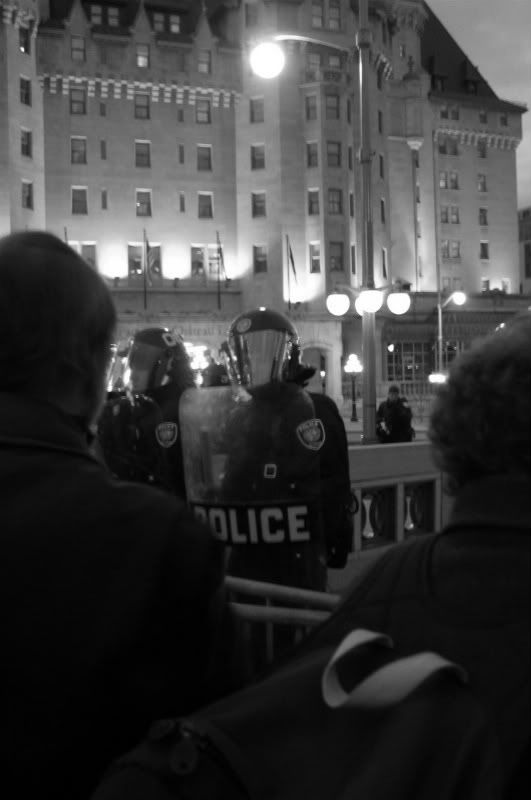Corruption is an extremely broad word, and can be defined in numerous ways. If one looked up the word corruption in the dictionary it will read, “dishonest or fraudulent conduct by those in power, typically involving bribery “(Merriam-Webster Dictionary). I quite like this definition, except, it leaves out so many other contributing factors, and solely basis it on bribery. A more comprehensive definition of corruption is illustrated by Punch, when he states, corruption can be classified as: The abuse of authority, of the oath of office, of trust and it involves the misuse of police power and authority (Punch 2009).
In keeping with the misuse of police powers, Punch explains in-depth three typologies of deviance and corruption, grass-eaters, birds and meat-eaters (Punch, 2009). First we do a general overview of grass-eaters. Grass-eaters do not look for kickbacks, such as free coffee at Tim Hortons, or a free meal; however, when offered, these officers who engage in grass-eating do not decline. The birds are officers who do not indulge in deviant behaviors, they “fly high above it”. However, being a “bird” does not come without scrutiny, perhaps one does not participate in deviant ways, but perhaps they are well aware of the practices going on but fail to report it, due to the blue wall of silence (Punch, 2009). The blue wall of silence is something most officers uphold strongly. Police officers do not whistle-blow on each other and they have each others backs, even in the most corrupt ways. Finally, we have the meat-eaters, they are proactive carnivores. Meat eaters go out looking for ways to get graft (forms of money and or benefits) and organize arrangements to facilitate this (Punch,2009). They set out deals with drug dealers for mutual benefit, they compromise homicides, they are illicit in bribery, extortion and run illegal enterprises (Punch, 2009).
A prime example of meat-eating took place within the 25th district of the Philadelphia police department on July 13, 2010. Three officers, Mark Williams, Robert Snyder and James Venziale orchestrated an elaborate scheme to act outside the law with three drug dealers in a $15, 000 heist of Heroin (FBI, Philadelphia Division, 2011). The three Philadelphia police officers, ranging from 4-9 years on duty, organized a plan to place a traffic stop in downtown Philadelphia. They had worked with confidential informants and other drug dealers who told them where and when this car would be that was carrying 300 grams of Heroin. They were to stop the car, in a routine stop, arrest 1 drug dealer who was in the car and complicit in this deal and seize the drugs. However; there plan backfired when they tried to sell the heroin to an undercover Drug Enforcement agent who had been tipped off about this illegal seizure. The DEA had numerous audio and visual recording of these three police officers engaging in over 14 indictable offenses (FBI, Philadelphia Division, 2011).
These three officers engaged in something Punch calls, Meat-eating: predatory (strategic) corruption. Punch explains this as proactive aggressive efforts to regulate criminal markets and extort money from illegal enterprises. They also engaged in direct criminal involvement preying on competitors (stealing their drugs to resell them for their own personal gain). Williams, Snyder and Venziale all committed “direct criminal activities”, this is when one commits a crime that is in clear violation of criminal norms. They also committed “ opportunistic theft”, this can be defined as, stealing from arrestees, victims of crime, dead bodies, and from scenes of crimes (Punch, 2009).
The charges against Williams, Snyder and Venziale ranged from Conspiracy to attempted robbery. Williams was found guilty and sentenced to 16 years 3 months in state prison. Snyder pleaded guilty and was sentenced to 13 years in state prison. Venziale provided the FBI with information leading to more aggressive charges being laid against Williams and Snyder. For this cooperation, Venziale received 42 months in state prison (FBI, Philadelphia Division, 2011).
This is a photo of all 3 men. link: http://www.trutv.com/library/crime/photogallery/bad-cops.html?curPhoto=6
In summation, there are many categories and theoretical approaches to corruption; however, the most important thing to take away from this is, how not to fall prey to it.
link : http://www.youtube.com/watch?v=lCinB4Yc9_c
References
Punch, Maurice, 2009, Police Corruption: Deviance, accountability and reform in policing, Routledge, NY.
Federal Bureau of Investigation. Philadelphia Division. Retrieved Jan, 24, 2013
http://www.fbi.gov/philadelphia/press-releases/2011/former-philadelphia-police-officer-sentenced-to-16-years-for-drug-conspiracy



